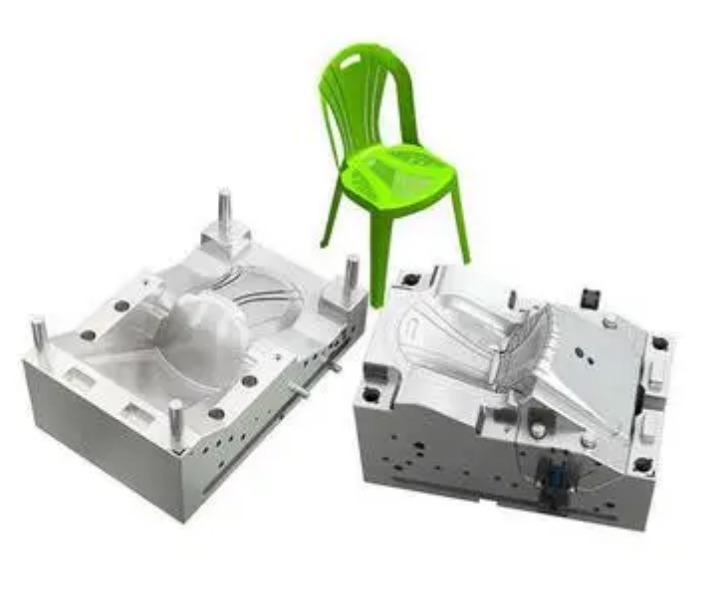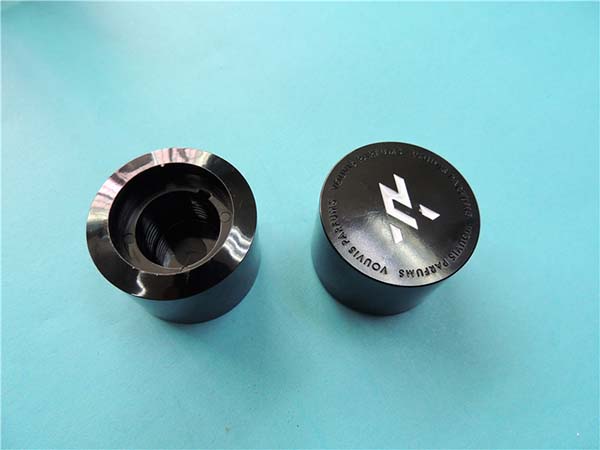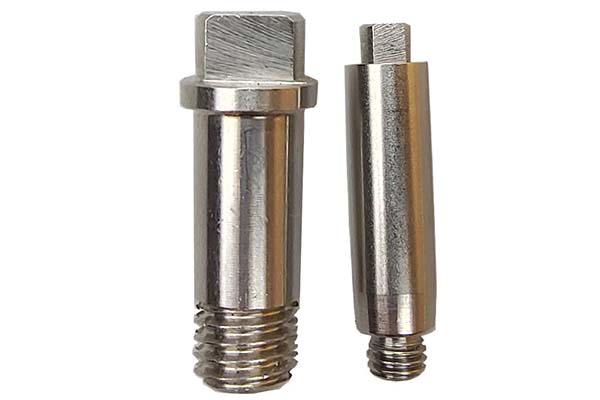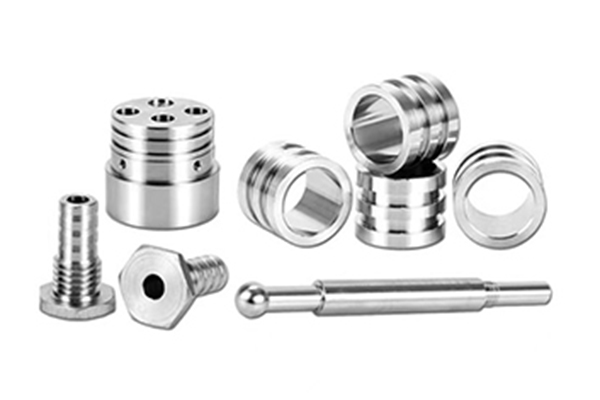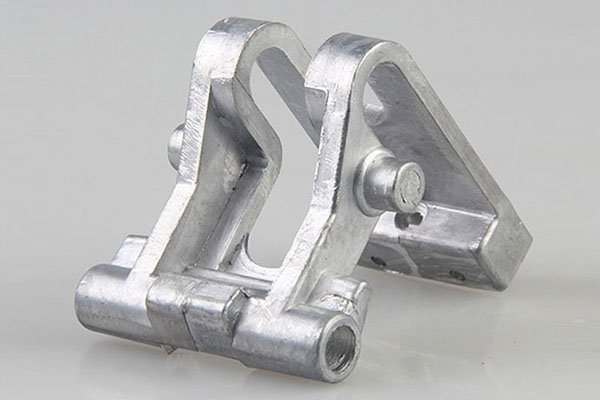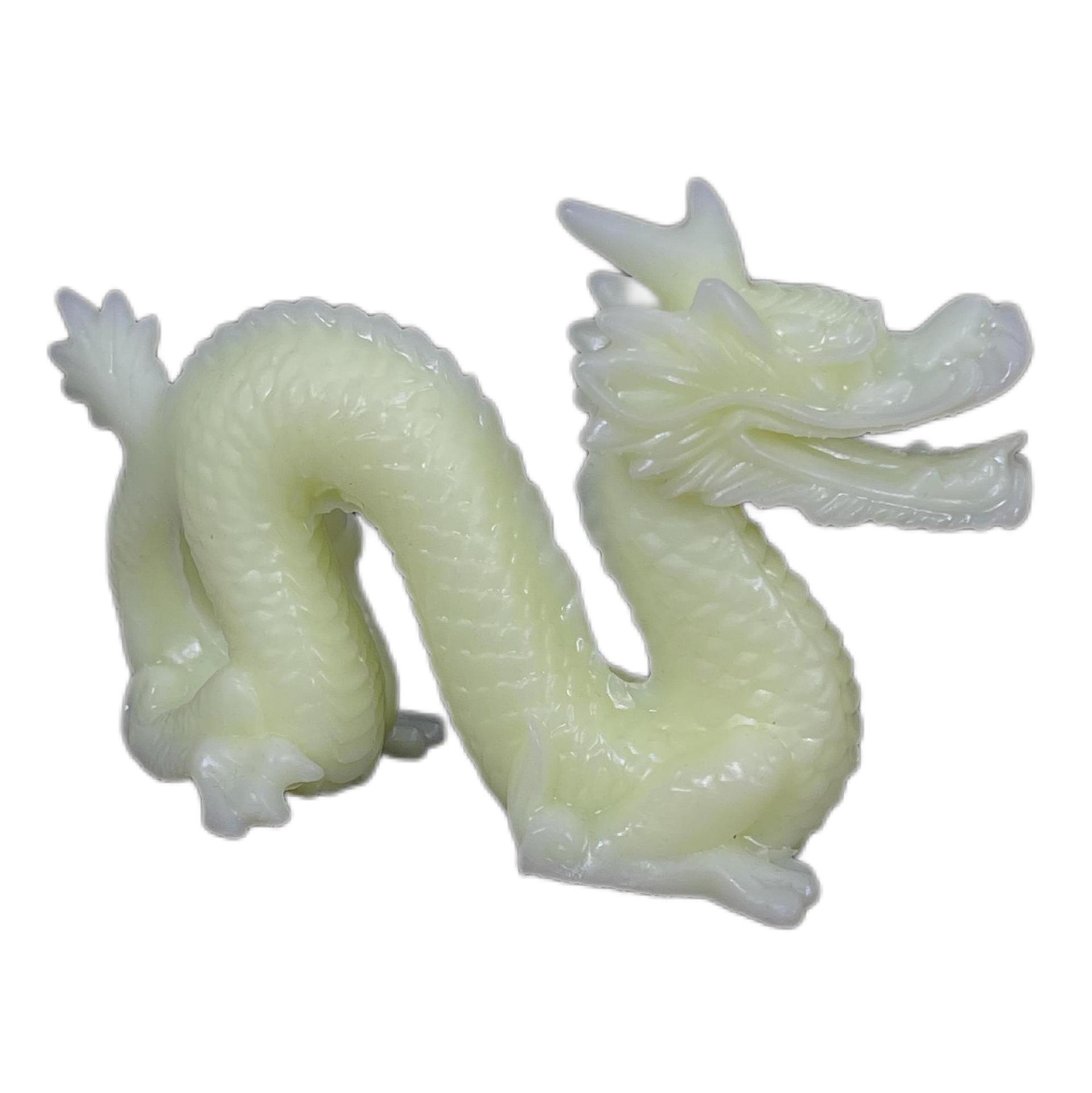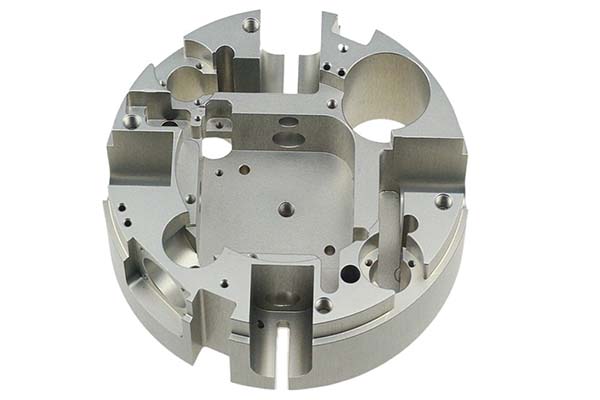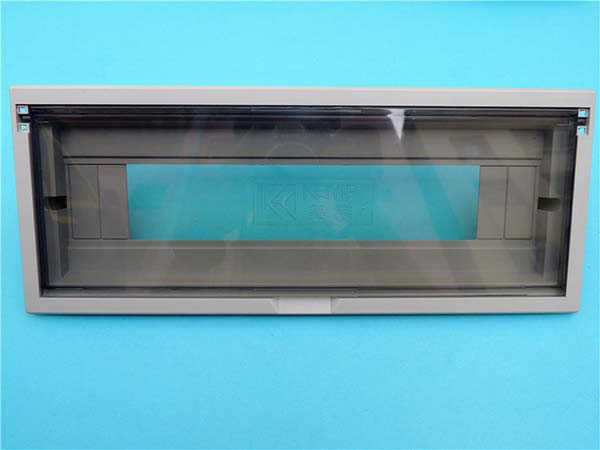Understanding Rapid Tooling Prototyping
What is Rapid Tooling Prototyping?
Rapid Tooling Prototyping is a revolutionary approach in the manufacturing industry that enables the quick creation of molds and prototypes. It plays a pivotal role in product development, offering a range of benefits that have transformed the way companies bring new products to market.
One of the primary advantages of rapid tooling prototyping is its ability to significantly shorten the product development cycle. In today's fast - paced business environment, time - to - market is crucial. By using rapid tooling techniques, designers can quickly test and iterate their ideas. For example, a consumer electronics company that wants to launch a new smartphone accessory can use rapid tooling prototyping to create a prototype of the accessory in a matter of days or weeks, rather than months. This allows them to respond faster to market trends and customer demands.
Cost - reduction is another major benefit. Traditional tooling methods often involve high upfront costs for tool design and production. In contrast, rapid tooling prototyping can be more cost - effective, especially for small - scale production runs or when multiple design iterations are required. For instance, a startup developing a new medical device may not have the large capital required for traditional tooling. Rapid tooling prototyping provides an affordable alternative, allowing them to create functional prototypes for testing and validation without breaking the bank.
Key Considerations for Designers
Material Options
When it comes to rapid tooling prototyping, the choice of materials is crucial as it directly impacts the performance, functionality, and cost of the final prototype.
- Plastics:
- Acrylonitrile Butadiene Styrene (ABS): ABS is a popular thermoplastic. It has good strength, impact resistance, and is easy to process. In rapid tooling prototyping, it can be used in 3D printing processes like Fused Deposition Modeling (FDM). For example, in the creation of consumer product prototypes such as smartphone cases, ABS provides the necessary durability and can be easily customized with different colors and textures.
- Polylactic Acid (PLA): PLA is a biodegradable plastic. It has a relatively low melting point, which makes it suitable for 3D printing. It is often used in applications where environmental friendliness is a concern, such as in the prototyping of disposable medical devices or eco - friendly consumer goods. Its smooth surface finish also makes it appealing for visual prototypes.
- Metals:
- Aluminum Alloys: Aluminum alloys are widely used in rapid tooling prototyping due to their high strength - to - weight ratio. They are lightweight yet strong, with good thermal and electrical conductivity. In the aerospace industry, aluminum alloy prototypes are used for components like aircraft brackets. They can be produced through CNC machining or 3D printing methods such as Selective Laser Melting (SLM), which allows for the creation of complex geometries.
- Stainless Steel: Stainless steel offers excellent corrosion resistance and high strength. It is suitable for prototypes that need to withstand harsh environments, such as those in the automotive and marine industries. For example, prototypes of engine parts or marine fittings can be made from stainless steel. However, its high melting point makes it more challenging to process compared to some other materials, often requiring more advanced techniques like Electron Beam Melting (EBM) in 3D printing.
Accuracy and Precision
Accuracy and precision are of utmost importance in rapid tooling prototyping. Inaccurate prototypes can lead to flawed product designs, costly rework, and delays in the product development cycle.
- Importance:For example, in the aerospace industry, a prototype of an aircraft engine component needs to have extremely tight tolerances. Even a small deviation in dimensions can lead to performance issues, safety risks, and increased fuel consumption. In the medical device industry, a prototype of a surgical instrument must be precise to ensure proper functionality during surgical procedures.
- Methods to ensure the level of accuracy:To ensure the required accuracy, several steps can be taken. First, high - quality 3D models with accurate dimensions need to be created using advanced CAD software. Designers should pay close attention to details and use proper geometric construction techniques. Second, choosing the right manufacturing process is crucial. CNC machining, for example, is known for its high precision and can achieve tight tolerances of up to ±0.01 mm in some cases. In 3D printing, technologies like Stereolithography (SLA) can produce highly detailed and accurate prototypes. Third, regular calibration of the manufacturing equipment is essential. Both 3D printers and CNC machines need to be calibrated to ensure that they are operating within the specified accuracy limits. This includes checking and adjusting parameters such as nozzle diameter in 3D printers or spindle alignment in CNC machines.
Comparing Rapid Tooling Prototyping Companies
Reputation and Experience
When choosing a rapid tooling prototyping company, reputation and experience are two crucial factors. A company's reputation can be gauged through various means. Customer reviews and testimonials are like windows into the company's past performance. For example, on platforms like Google Reviews or specialized industry review sites, you can find real - world feedback from previous clients. A company with a high average rating and numerous positive reviews is likely to provide good service.
The display of successful cases is also an important basis for evaluating the capabilities of a company。A company that can showcase a diverse range of successful projects, especially those similar to your design requirements, is more likely to have the expertise to handle your project. For instance, if you are working on a consumer electronics project, a rapid tooling prototyping company that has successfully completed projects for well - known electronics brands in the past is more likely to understand the specific requirements such as aesthetics, functionality, and miniaturization in this field. Experience also matters in terms of the number of years the company has been in business. A long - established company has likely weathered different market challenges and technological changes, and has had the opportunity to refine its processes and skills over time.
Yigu Technology's Perspective
As a non - standard plastic and metal products custom supplier, Yigu Technology deeply understands the significance of rapid tooling prototyping. We believe that this technology is a game - changer in the product development process, especially for designers.
Our strength lies in our excellent material handling capabilities. We have in - depth knowledge of a wide variety of plastics and metals, allowing us to recommend the most suitable materials for different design requirements. Whether it's a complex plastic - based consumer product or a high - strength metal - component for industrial use, we can source and process the materials with precision.
In terms of process implementation, we are equipped with advanced manufacturing facilities and staffed by a team of highly skilled engineers. Our state - of - the - art 3D printers and CNC machines enable us to bring designers' creative ideas to life with high accuracy and efficiency. We also focus on the iterative process, working closely with designers to make adjustments and improvements to prototypes quickly, ensuring that the final product meets all the design expectations. With Yigu Technology, designers can rest assured that their innovative concepts will be transformed into high - quality prototypes smoothly.
FAQ
What is the typical turnaround time for rapid tooling prototyping?
The turnaround time for rapid tooling prototyping can vary significantly depending on several factors. For relatively simple projects with standard materials and using common 3D printing methods like FDM, the turnaround time can be as short as 1 - 3 days. This is often the case for small - scale prototypes, such as a simple plastic component for a consumer product design. However, for more complex projects that involve multiple parts, intricate geometries, or the use of advanced manufacturing processes like CNC machining for metal prototypes, the turnaround time can range from 5 - 10 days. Projects that require extensive post - processing, such as surface finishing to achieve a high - quality appearance, may also take longer. Additionally, the workload of the rapid tooling prototyping company and the availability of materials can impact the delivery time. If the company is experiencing a high volume of orders or if the required materials are in short supply, the turnaround time may be extended.
How accurate can rapid tooling prototyping be?
The accuracy of rapid tooling prototyping depends on the manufacturing process and the equipment used. In 3D printing, for technologies like Fused Deposition Modeling (FDM), the typical accuracy ranges from ±0.2 - ±0.5 mm. This level of accuracy is suitable for many general prototyping applications, such as creating a concept model for a product design to visualize the form and basic functionality. However, more advanced 3D printing technologies like Stereolithography (SLA) can achieve higher accuracies, with tolerances as low as ±0.05 - ±0.1 mm. SLA is often used when a high level of detail and precision is required, such as in the prototyping of jewelry or small, intricate parts. CNC machining is known for its high precision. High - end CNC machines can achieve accuracies of up to ±0.01 mm or even better in some cases. This makes CNC machining ideal for applications where tight tolerances are crucial, such as in the aerospace and automotive industries for prototyping engine components or critical mechanical parts. The accuracy can also be affected by factors like the quality of the 3D model, the stability of the manufacturing equipment, and the expertise of the operators.
